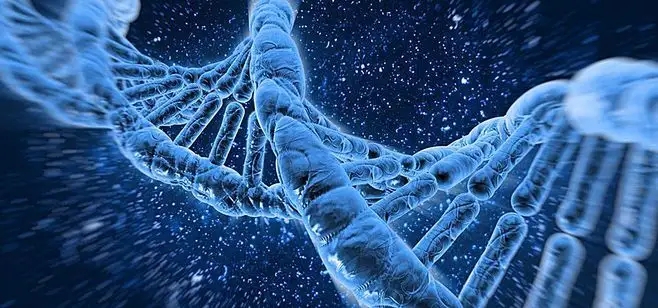
 CONTACT
CONTACT
- Linkman:Linda Yao
- Tel: +8618231198596
- Email:linda.yao@dcpharma.cn
- Linkman:CHARLES.WANG
- Department:Overseas
- Tel: 0086 0311-85537378 0086 0311-85539701
Application of ε- Polylysine hydrochloride in gene carrier
TIME:2024-03-06
The application of ε-Polylysine hydrochloride in gene carriers primarily lies in its role as a non-viral vector auxiliary component, aiming to enhance gene transfection efficiency and cellular uptake of DNA.
ε-Polylysine hydrochloride can form complexes with DNA, aiding in more effective DNA entry into cells. Through its interaction with DNA, it can protect DNA from degradation by nucleases, facilitate DNA interaction with the cell membrane, thus increasing cellular uptake of DNA.
With excellent cell adhesion properties, ε-Polylysine hydrochloride promotes the adsorption and internalization of DNA by cells. This adhesiveness helps secure DNA complexes on the cell surface, facilitating their binding to the cell membrane, thereby increasing transfection efficiency.
Being a natural high-molecular-weight compound, ε-Polylysine hydrochloride exhibits good biocompatibility and low toxicity, making it relatively safe in gene carrier applications with minimal impact on cells and tissues.
ε-Polylysine hydrochloride can be combined with other carrier materials (such as liposomes, nanoparticles, etc.) to improve the efficiency and stability of gene transfection. Through synergistic interactions with other carriers, the performance of gene carriers can be further enhanced.
While ε-Polylysine hydrochloride holds potential in gene carrier applications, its transfection efficiency may be influenced by various factors, including cell types, transfection conditions, gene sequences, etc. Therefore, optimization and evaluation are necessary in practical applications, considering specific gene carrier systems and target cell types.
As an auxiliary component in gene carriers, ε-Polylysine hydrochloride demonstrates certain advantages and potential in enhancing gene transfection efficiency and cellular uptake of DNA. However, for optimal transfection results, a comprehensive consideration of other factors, such as carrier selection and optimization of transfection conditions, is required.
- Tel:+8618231198596
- Whatsapp:18231198596
- Chat With Skype







